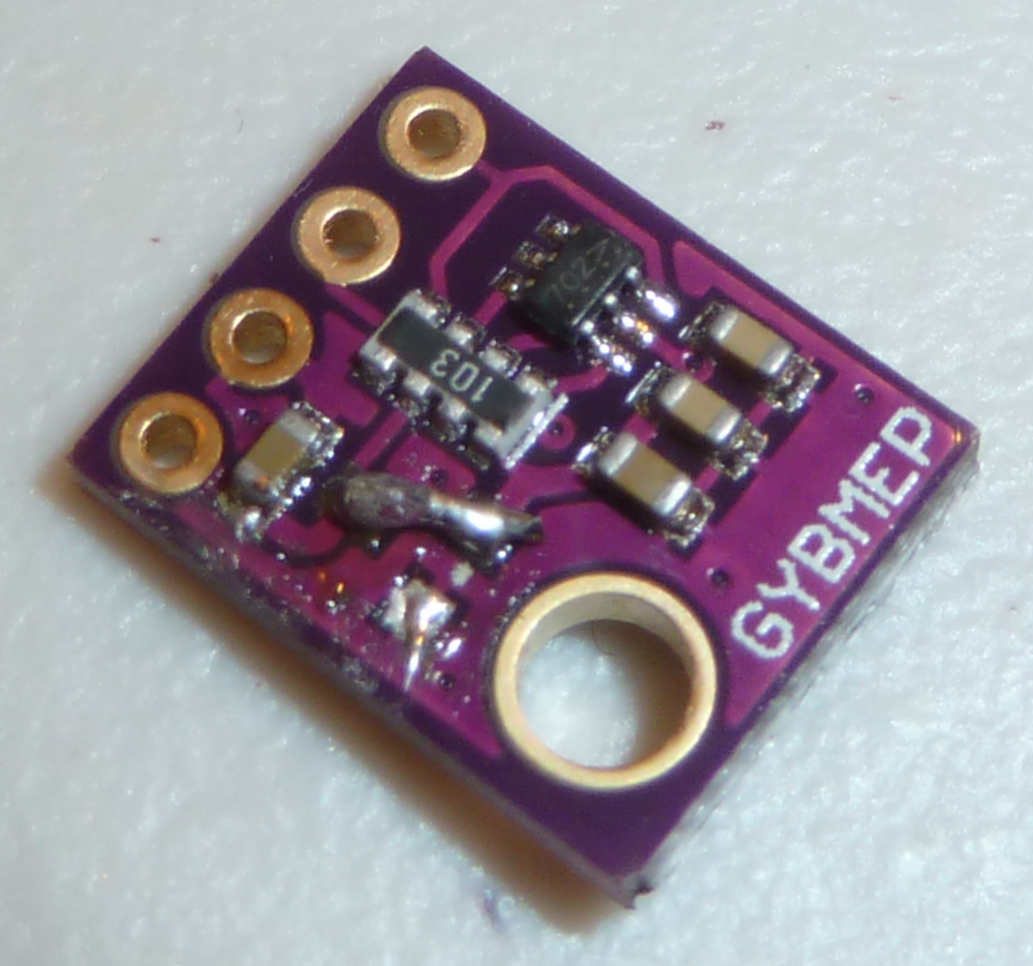RFM69HW temp-humidity node
-
I'd say that so far this is the easiest one to assemble while still being moderately compact:

It's also a bit more modular in the sense that the radio and the TH sensor can be plugged in or easily removed. Also nice is that all the atmega328p pins are exposed for easy access.This one is smaller and more specialized:

I'm improving both of them though to use machine pins on the TH sensor to reduce the overall height. I've already sent the machine pin smaller version to the fab.
-
@NeverDie said:
Here's a photo of a TH node based on a Pro Mini with an interstitial board:
Where can I order this board?
Do you have a location where one could see all the boards you have developed?@korttoma said:
@NeverDie said:
Here's a photo of a TH node based on a Pro Mini with an interstitial board:
Where can I order this board?
Do you have a location where one could see all the boards you have developed?On the other hand, if you really do want it, I could post it. I'm willing to accommodate Hero members much more than those who are all take and no give.
-
I'm removing the voltage regulator from the BME280, because even though it appears to work fine with it installed even when fed a voltage of 3.3v, at some point it's going to be in the way if being run from even lower voltages. After removing the voltage regulator, I bridge across it using a bit of solid core copper wire and some solder, thusly:

I'm not applying any flux, because I don't want to contaminant the BME280 sensor, either from the flux or from a flux remover afterward. -
With the BME280 voltage regulator removed, I powered it stand-alone using a 3.3V bench power supply. Using Dave Jones's uCurrent in conjunction with a Fluke 87V multimeter, I measure the standby current at a mere 155 nanoamps. I had planned to power it from pins on the atmega328p and then powering it down between measurements, but at 155na I'm not sure it even matters, provided it's being powered from a battery. :smile: On the other hand, if the entire mote is being powered from a capacitor that's charged from solar energy that's harvested from only weak ambient indoor light.... I guess in that scenario it might depend on the relative leakage rate of the capacitor that's used for the mote's energy storage as to whether or not it's worth fussing about.
